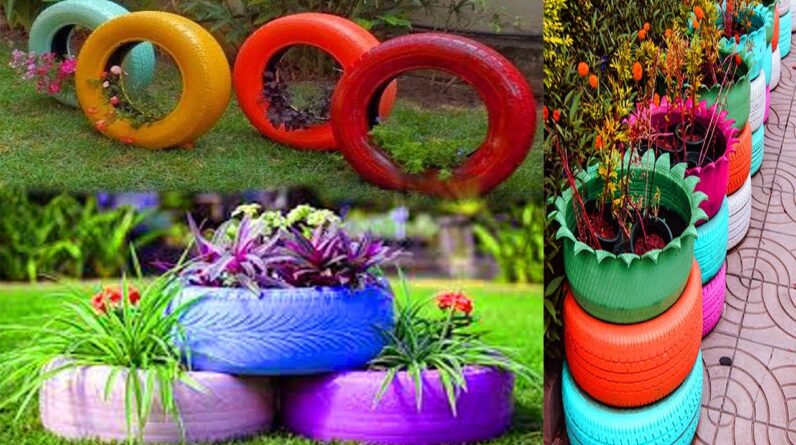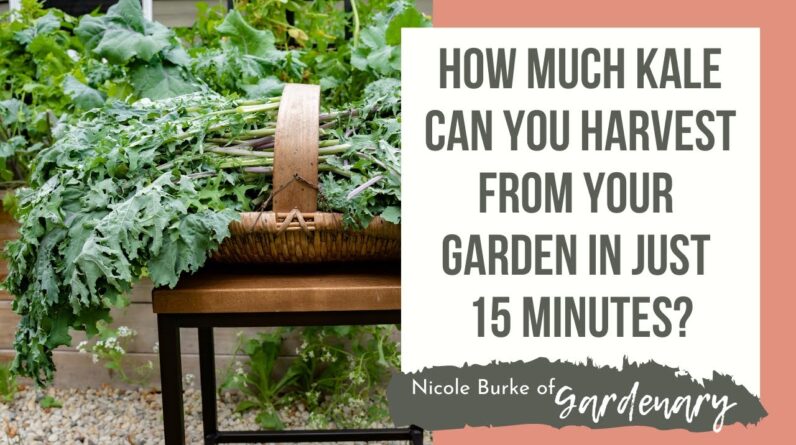
How To Grow Giant Heirloom Tomatoes!
HUGE List of Free Garden Ideas!
Get Access To 85% of my best gardening tips!
Home Grown Organic Vegetables – Chicken Tractors
Chicken Tractors are just one of the finest means to maintain a chemical totally free veggie yard. Chickens like to hunt in the soil while doing so consuming weeds, weed seeds and other rubbish while leaving their manure on the ground ready to fertilize the following plant. Poultry Tractors are developed to draw around conveniently so the poultries can focus their cleaning initiatives on a specific bed or section of a yard …
Spring Gardening Begins in the FallA beautiful lawn does not simply take place, it takes work. There are a few things you require to do prior to winter collections in if you desire a gorgeous lawn all year long.
Home Grown Organic Vegetables – Liquid Foliar Sprays and FertilisersFoliar sprays are a terrific way of offering your vegetable plants a prompt boost while at the same time offering an ongoing supply of nutrients to the general plant. There are a number of foliar sprays readily offered and also lots you can make yourself in your home. Some foliar sprays are noticeable and simple to make others appear a little bit strange and are possibly less typical …
Growing Root CropsOrigin veggies, that include crops such as carrots, parsnips and turnips, are fairly very easy to grow provided your soil is deep as well as not as well stony. Origin plants are biennial, which implies that throughout their initial year they develop gets in a storage space origin to allow them to blossom well the following year. The majority of origin crops prefer an open, bright website. The soil needs to be light, and ought to not have been lately grown. Root crops favor a wet dirt, so you may have to water them in dry weather condition. They are normally durable, and also the vegetables can be left in the ground over wintertime, to be gathered as required.
Powdery Mildew on Roses – How to Treat It and Prevent ItFine-grained mold is typical in chilly environments along with among store-bought potted plants, so check your own meticulously prior to acquiring. Any type of climbed can contract fine-grained mildew, however those that are especially prone consist of chinas (although these are rare in cooler locations), deep pink as well as red crossbreed teas, polyanthas, and also rosa wichuriana.
Home Grown Organic Vegetables – Feeding Vegetable Seedlings For a Bumper CropVegetable seedlings are typically grown out when their nutrient supply goes to the point of depleted. I always advise resisting from feeding for numerous days to a week after growing out, this is to permit the plant to recoup from any kind of transplant shock as well as establish fresh origins in its brand-new borders. Feeding hereafter time must be a weak fluid organic fertilizer such as liquid vermicast or aged manure (various other than poultry) that has actually been taken in water for several days …
Leafy vegetables such as cabbage, cauliflower as well as Brussels sprouts are all members of the brassica household as well as so can be treated in a similar way. They all endure from the exact same series of bugs and also conditions, but those can largely be avoided if you utilize the ideal methods. A lot of brassicas do best in an open, warm website in a dirt that is fertile but totally free draining. They do not such as a soil that is also acid as well as it may be worth adding lime to bring the dirt to a lower pH.
Growing Fennel And PotatoesIn order to grow fennel, you need to plant the seeds in early to summer in drills half inch deep and also 18 inches apart. Slim the seedlings to 9 inches. When the bulbs start to swell, formulate the dirt around them to blanch, which will certainly enhance the taste.
Growing Beetroots And CarrotsIn order to expand beetroots, sow screw immune ranges under cloches in very early springtime for a very early summertime crop, followed by a late springtime sowing for a summer season harvest. An early summer sowing will offer a plant in fall as well as winter. Sow seed in a well ready seedbed in drills concerning one inch deep as well as 6 inches apart, spacing seeds 2 inches apart. The seeds remain in reality usually composed of a cluster of seeds therefore generate a number of seedlings close together. Slim to leave the toughest plant at each station. When roots reach one inch throughout, slim again by eliminating every other plant.






